From the September 2021 issue of Apollo. Preview and subscribe here.
The new permanent exhibition installed at the museum of the Cinémathèque française is dedicated to the life and work of Georges Méliès, the magician of cinema. His oeuvre is both playful and weird, but despite being one of the founding fathers of film, he has always occupied a more marginal position in the canon than the likes of Chaplin or Keaton. This is in part due to the absence of any feature-length films, a comparatively brief career in cinema that ended before the First World War, and the trickery and ingenuity of his films being eclipsed by advances in technology.
Méliès was born in 1861 and died in 1938, two years after the Cinémathèque first opened its doors in the majestic original setting of the Trocadéro. The Cinémathèque holds the entire Méliès archive jointly with the Centre national du cinéma et de l’image animée, and the new display draws on these copious resources. It presents such gems as the director’s first camera and many of his drawings, for as well as being a conjurer, actor and theatre and film director, Méliès was also a gifted illustrator.
The opening room gives us a quick overview of Méliès’s beginnings: he worked in his father’s high-end shoe factory before discovering a passion for magic during a trip to London and eventually purchasing the Robert-Houdin theatre in Paris with proceeds from his share of the family business. But this story is interrupted as we move upstairs into a pokey space that feels more like a corridor. Here we are introduced to the birth of cinema. The objects on display include Étienne-Jules Marey’s chronophotographic gun that could capture 12 consecutive frames on the same plate, Eadward Muybridge’s Zoopraxiscope, and a model of Thomas Edison’s Kinetoscope.
In the centre of this room, enclosed in a glass case: the Cinématographe invented by the Lumière brothers. On either side are screens showing films on a loop, including Workers Leaving the Lumière Factory (1895), which was the first film shown to a paying audience. Méliès was in the crowd that day and so enthused by what he saw that he asked the brothers to sell him one of their cameras. Louis Lumière’s brush-off has since passed into legend: ‘The cinema is an invention without any future.’
Méliès did not listen and acquired a projector, which he converted into a camera himself, from Britain. While his peers concentrated on shooting mostly documentary-style films, what quickly marked Méliès apart was how his experiments with the camera served his imagination. He had discovered its magical potential quite by accident. When shooting one day, his camera jammed. He restarted and began shooting in the same position, but the street scene had changed. Though he didn’t notice anything at the time, when he projected the footage afterwards it was a revelation: an omnibus had turned into a hearse and men had become women. Méliès saw at once the potential for visual trickery, thus inventing the ‘stop trick’ or ‘substitution splice’, and with it a whole new world of possibilities.
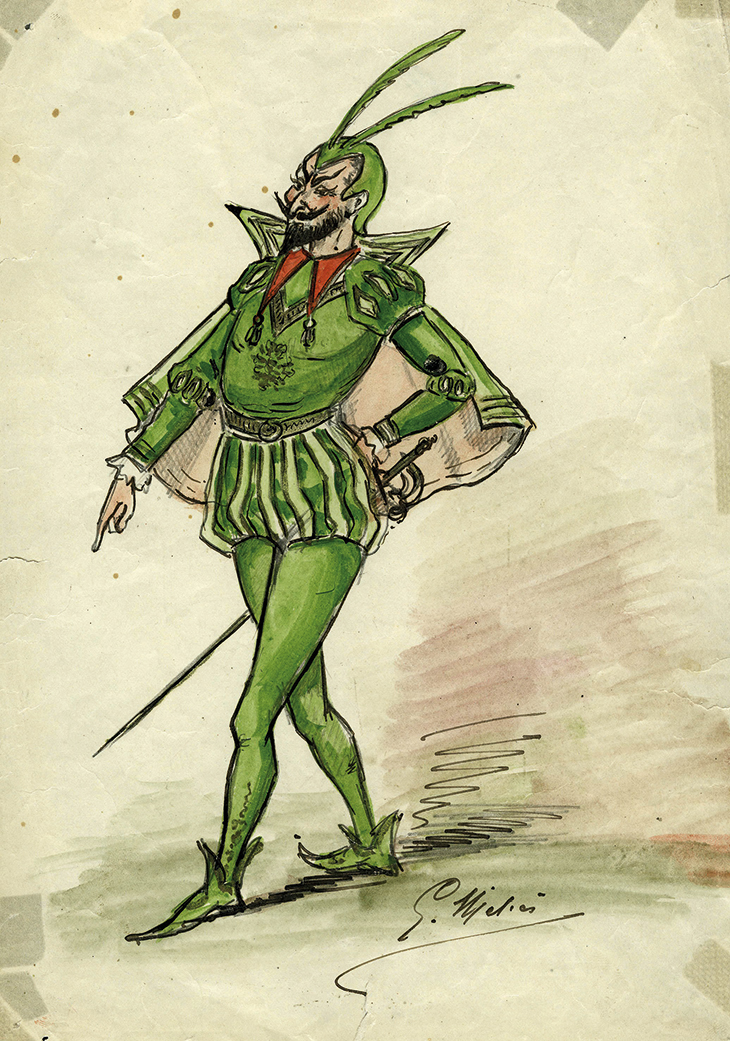
Sketch by Georges Méliès depicting himself as the title character in The Damnation of Doctor Faust (1904). Cinémathèque française, Paris. Photo: Stéphane Dabrowski; © Centre national du cinéma et de l’image animée deposited at the Cinémathèque française
The exhibition provides a sweeping account, more thematic than chronological, of what Méliès’s company Star Film would produce over the next decades: an extraordinary 520 films, the last wrapping in 1913. With its glass roof and walls, Méliès’s film studio in the Paris suburb of Montreuil-sous-Bois was the first of its kind. But the story of the studio follows the arc of Méliès’s own movie career – a meteoric rise followed by an equally spectacular fall. Interest in his work had waned by 1910 as fickle audiences found his trickery more quaint than exciting and big studios were emerging, wielding increasing power. The now struggling film-maker was forced to sign a contract with Pathé that included what would prove to be crippling terms for an independent producer. Méliès could rustle up little during the First World War and by 1923 Pathé seized everything he owned, prompting the magician to leave Montreuil and his studio, and move to Montparnasse with his wife. There the couple took over a toy store in the train station and for the next decade Méliès could be found sitting in the shopfront, framed by wooden rackets, balls and model sailing ships. The studio in Montreuil meanwhile was put up for sale. Nobody bought it. In 1945 Henri Langlois went to visit and took the extraordinary photographs now on display showing the building overrun by leaves and weeds. Not long after Langlois’s visit the whole place was razed to the ground.

A model of the Selenite in Voyage to the Moon (1902), recreated for the Cinémathèque française in c. 1947. Photo: Stéphane Dabrowski; © Cinémathèque française
The exhibition devotes a room to Méliès’s most famous work, Voyage to the Moon (1902), which has a good claim to being the first-ever science fiction film. Inspired by a Jules Verne story, it follows a group of astronomers led by Méliès, who often starred in his own films, travelling to the moon in a capsule. On landing they pierce its surface – a large, cratered moon that bears a man’s features, smiling or grimacing – as the capsule sticks into one eye. This shot has become so famous it now likely represents the only image many people have of Méliès’s work today. In the display, there is a life-size model of one of the alien characters in the film, as well as looped clips and photographs from the shoot. But rather too much space is given over to the films Voyage has inspired: 2001: A Space Odyssey, Star Wars, and so on.
The curators likely believe seeing Méliès through those he has influenced will make the show more engaging for contemporary audiences, but it does its subject a disservice. Méliès not only took viewers to the moon and pierced its eye: as a pioneer of the adventure film, he arranged trips to an imaginary land in Gulliver’s Travels (1902) or to the North Pole, in The Conquest of the Pole (1911). There were more serious films too, notably his Dreyfus Affair (1899), a very courageous work made the same year the Jewish officer returned from exile to France to face another trial. An exhibition that provided a fuller account would be a real breakthrough. The ‘Musée Méliès’ is not this, but at least it has dusted off his star.
‘Méliès: the Magic of Cinema’ is a permanent display at the Cinémathèque francaise, Paris.
From the September 2021 issue of Apollo. Preview and subscribe here.
Unlimited access from just $16 every 3 months
Subscribe to get unlimited and exclusive access to the top art stories, interviews and exhibition reviews.

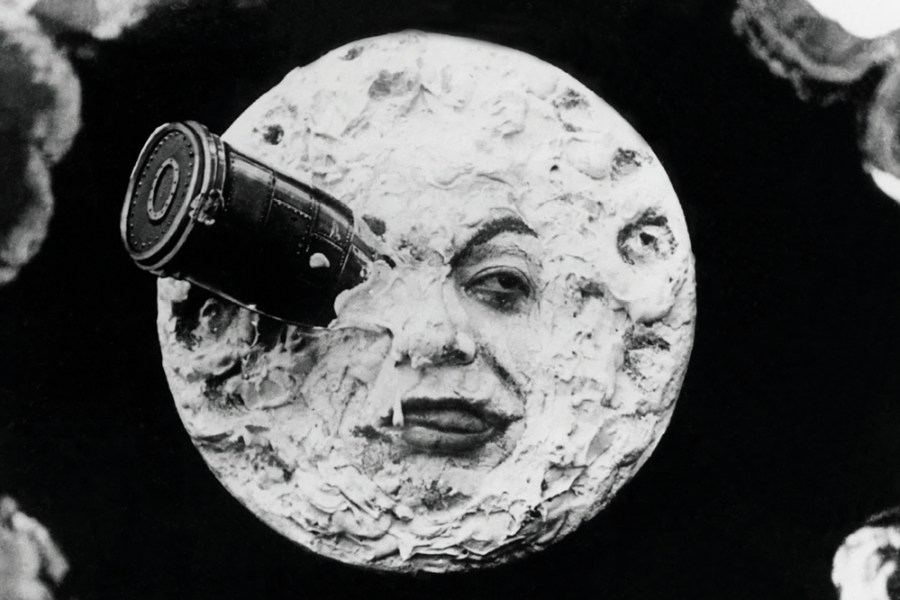
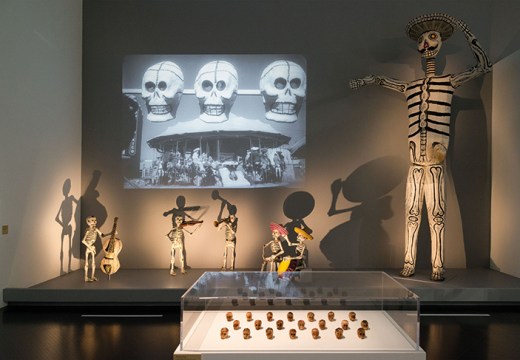
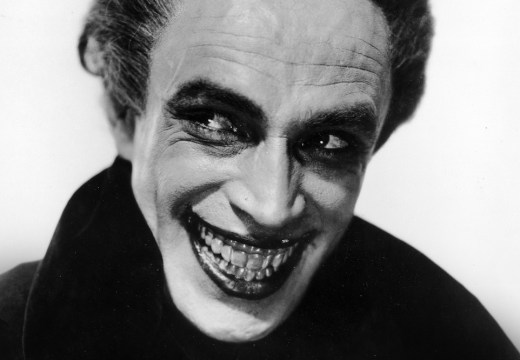
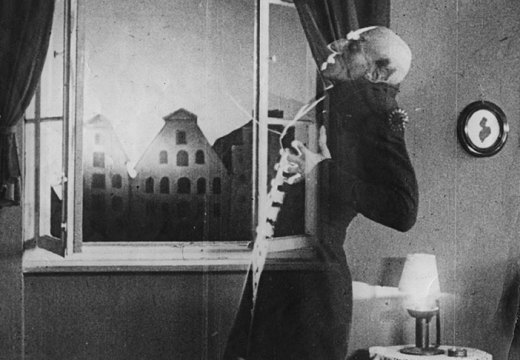









![Masterpiece [Re]discovery 2022. Photo: Ben Fisher Photography, courtesy of Masterpiece London](http://www.apollo-magazine.com/wp-content/uploads/2022/07/MPL2022_4263.jpg)
It’s time for the government of London to return to its rightful home